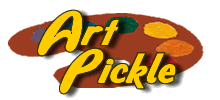Richard Deon
7 Berkshire Road
Dover Plains, NY 12522-5517
United States
845 8773445
Defacement
My seventh grade social studies instructor issued me a peculiar American History textbook. When I opened it, I discovered that a student from a prior year had defaced the illustrations with a ballpoint pen. Mustaches and eyeglasses were drawn on portraits of historical figures; warplanes and speedboats were added to landscapes like the Boston Tea Party. Delighted with this unexpected comic book, I took editorial control and began extending the illustrations into the margins by adding buildings and creating new scenes… my personal Manifest Destiny. Within a few weeks, I was disciplined and issued a clean textbook, a bill, and a stern warning.
Boot Camp
The narrative of history is always being transformed. As an art student In New York City of the late 70s, I was exposed to a predominantly progressive faculty who used Marxist critical theory. The process of deconstruction was applied to the study of American History and to the visual arts as well. I began using the process without a target, and realized that a partial narrative out of its original context creates a kind of social surrealism—an absurd record.
The Story Goes On
Using a stare decisis policy (latin for based on precedent) over the last 20 years, I have created a body of work much like the defaced illustrations of my formative years. Commentary is suggested; visual information is branded; point of view is obfuscated. The resulting compositions are truly mixed messages—which speak or don’t speak—for themselves.
—Richard Deon, November 2009


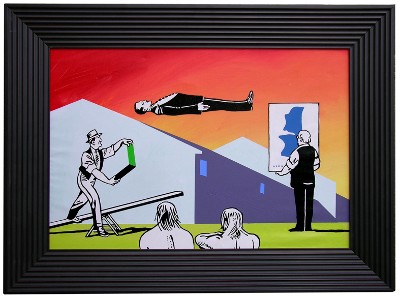

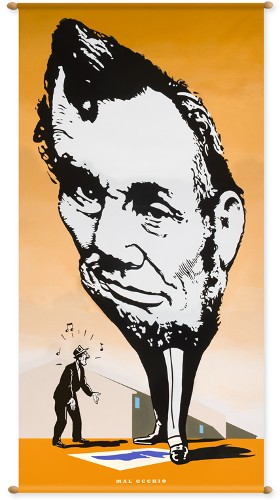

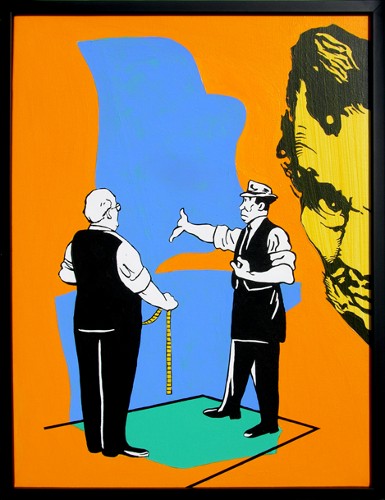

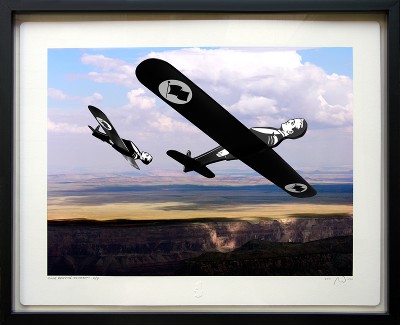

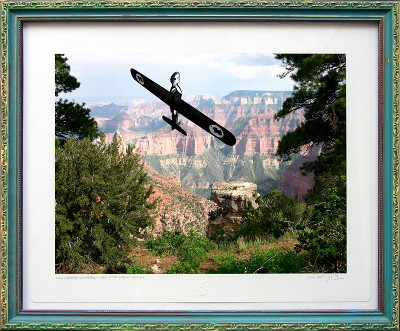

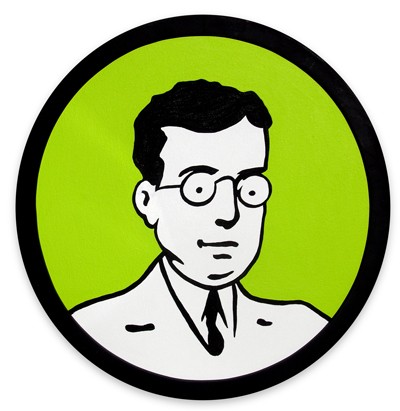

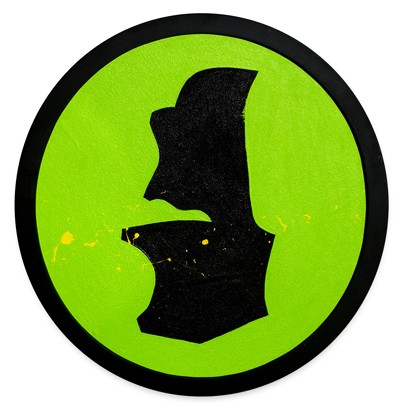

| 2007 - 2025 All Rights Reserved | |||||||||
|
Website designed and hosted by SonomasStudios |
|||||||||
